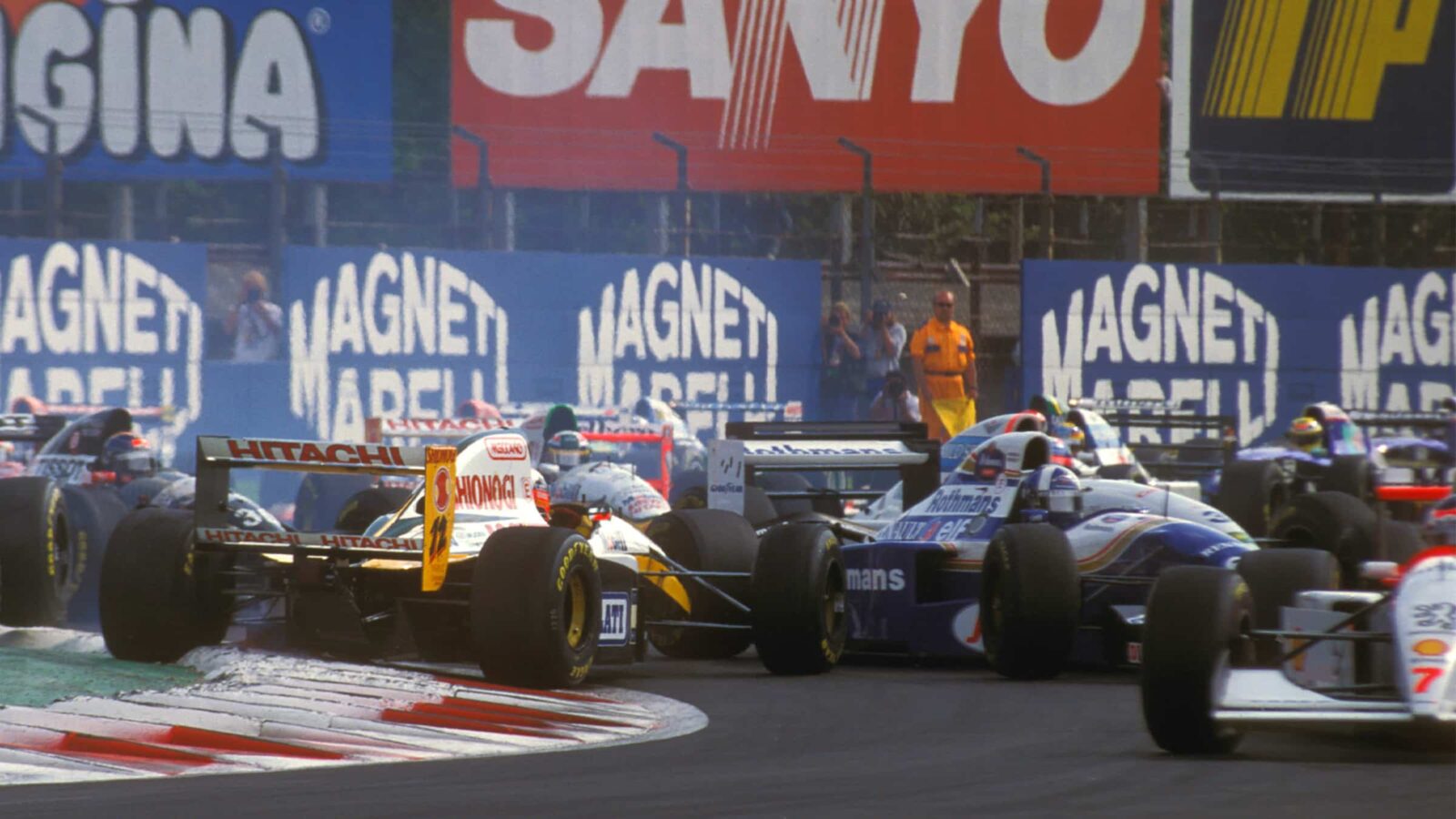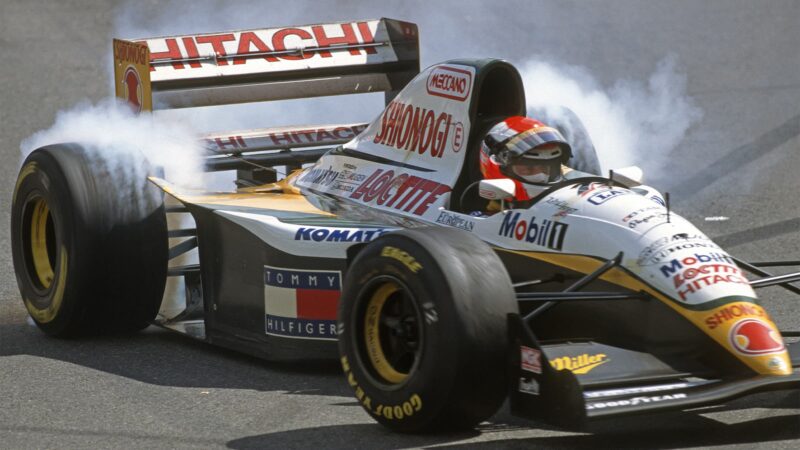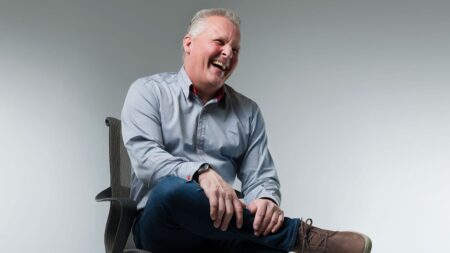“I did a silly thing when I signed for too long, and then I asked Peter if he would release me and he wouldn’t. I understood why he wanted me to stay, but unfortunately it wasn’t going anywhere. It was sheer survival. It was frustrating to see Mika doing well, but it also made me feel good because I’d done well when we’d raced together and it showed that, if he could do it, then so could I. In that sense I could look at it in a positive way.”
Mugen came up with a revised and lighter engine before Monza and Johnny tested it very briefly at Silverstone. He immediately felt an improvement in the whole package.
“The engine was a little bit better, but it wasn’t a big step. However, when we got to Monza the car just seemed to go quickly. John Miles was working with us then, and the biggest thing we did all weekend was work on damper stuff, changing the bump and rebound. Every time we did something it seemed to go quicker — and it rode the kerbs well.”
Johnny’s best grid position prior to the Italian GP had been a 15th in Germany, and usually it was a lot worse than that. But in first qualifying on Friday he was a sensational sixth fastest, albeit some 1.7sec off the pace-setting Ferrari of Jean Alesi. It was a great start — but things went even better on Saturday. Johnny was actually quickest for a while, ending the session in fourth place, just 0.5sec behind Alesi. Only Gerhard Berger‘s Ferrari and the Williams of title-chaser Damon Hill split the pair.
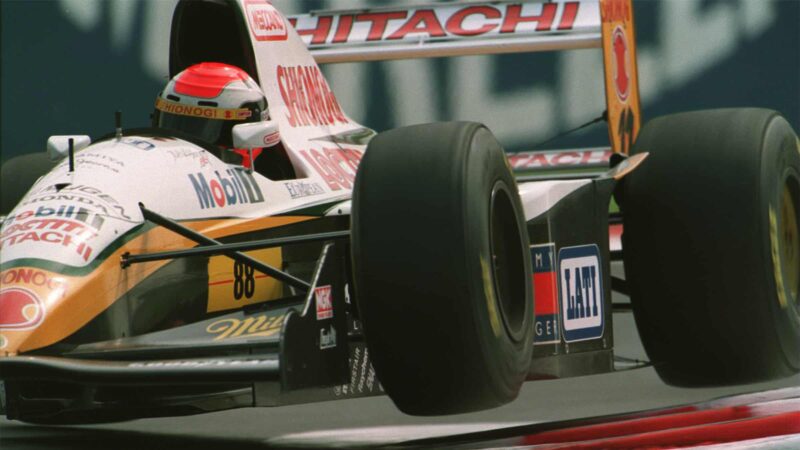
Herbert pushing the limits to race among the front runners at Monza
Getty Images
The timing of this performance was perfect: the financial squeeze had become so tight that receivership beckoned for the once mighty Team Lotus.
“It was good for me because it was nice to be in something competitive at last. For Peter Collins and Peter Wright it was a big boost because the team was close to folding. It was going to be their lifeline: they could show that they had a direction, that they didn’t have to go into receivership. It was a big, big high for everybody. We felt we had a good chance.
“I remember in the Sunday warm-up that we filled up with fuel and were still seventh quickest, ahead of Damon. I was happy with that because I knew the Ferraris were going to go for two stops, and I wasn’t that far off. I remember we went to see the Castrol people in the hospitality area before the race, and everyone was hyper; there was a big buzz about the place. It was all looking very rosy.”
Unfortunately for Johnny, this tale does not have a happy ending. It does, however, have a villain: the man who started five places behind him.
“I got off the line well and I passed Damon on the outside. I was right behind Jean, I think. Eddie Irvine‘s Jordan had got an even better start — it’s just a shame that he didn’t stop! His comment was that we all braked early!
“He didn’t hit me hard, it was just a tiny glance, but it was enough to knock me round. I spun very slowly and stopped sideways across a kerb. Some people missed me, but David Coulthard hit me quite hard and damaged the front suspension. I thought, ‘That’s it.”
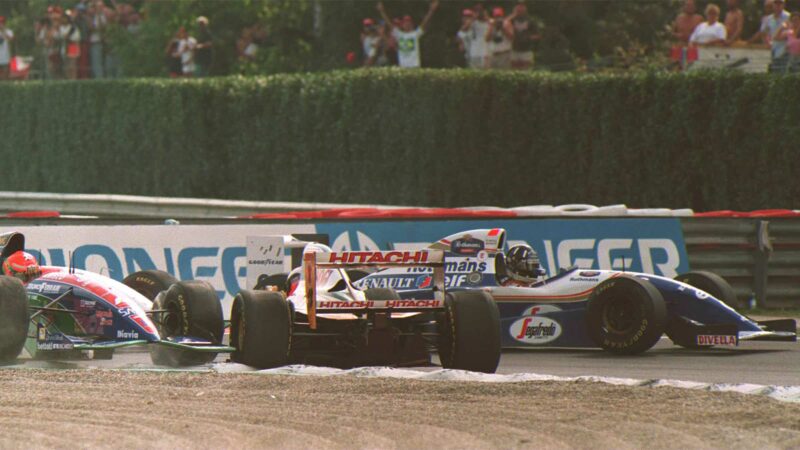
Herbert amongst the chaos at Turn 1
Getty Images
The race was red-flagged and Herbert dashed back to the pits in the hope that the car could be readied for the restart.
“The floor was damaged and they tried to fix it at the end of the pitlane. But there was too much damage and not enough time. I had to go back into the spare car with the old-spec engine and start from the pitlane. So it was all over.”
